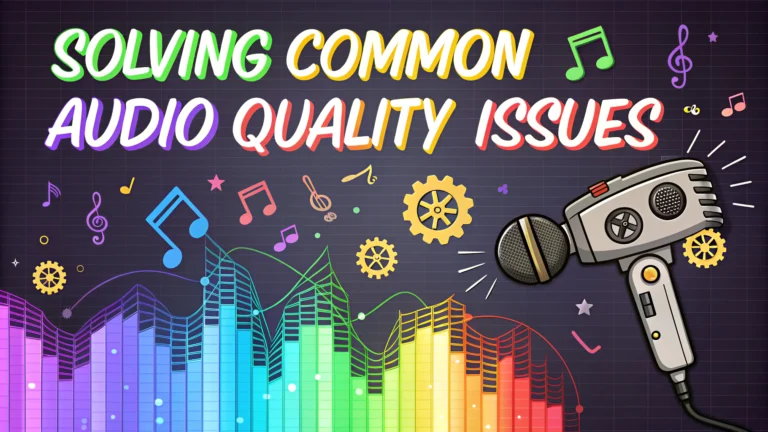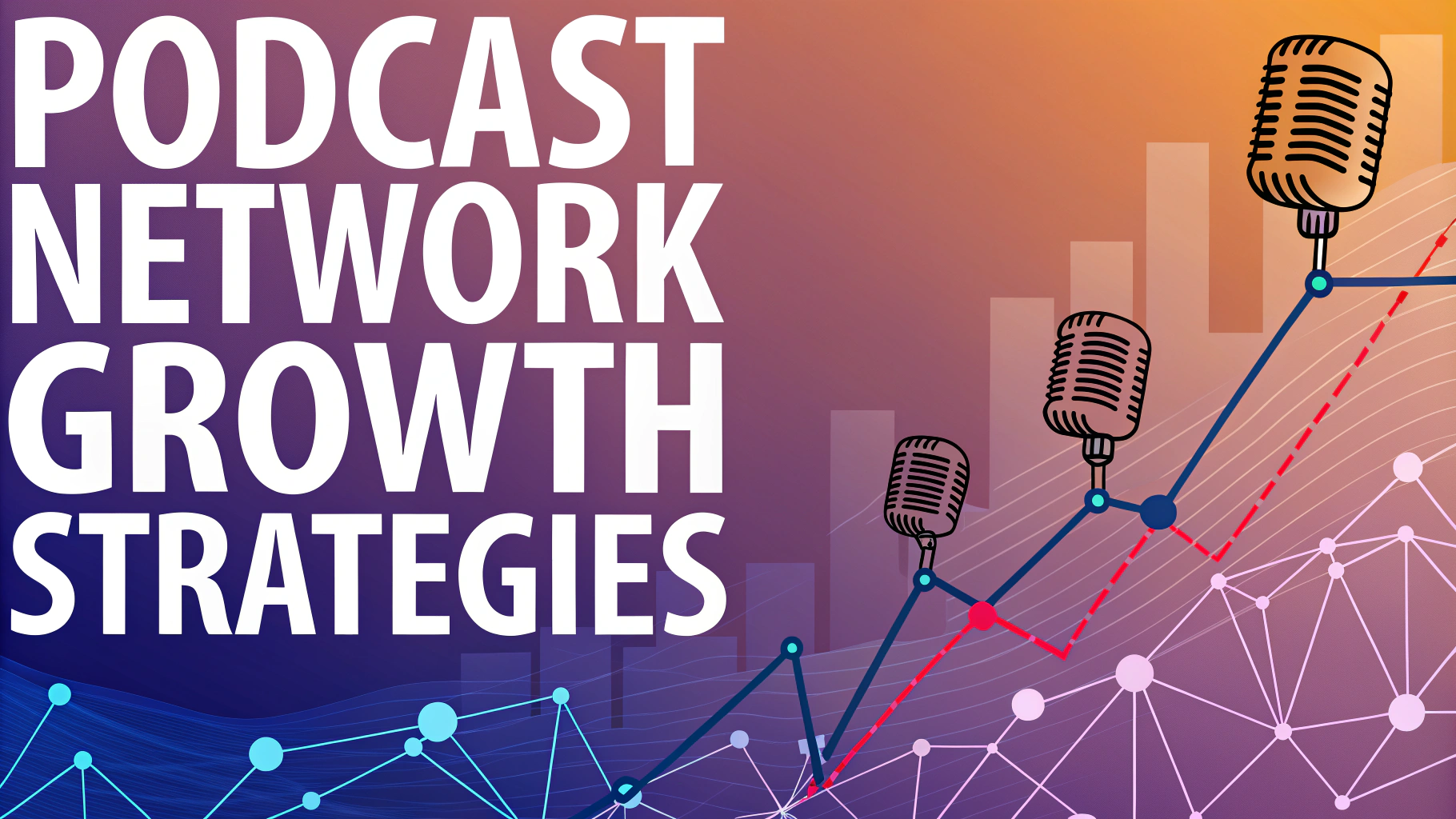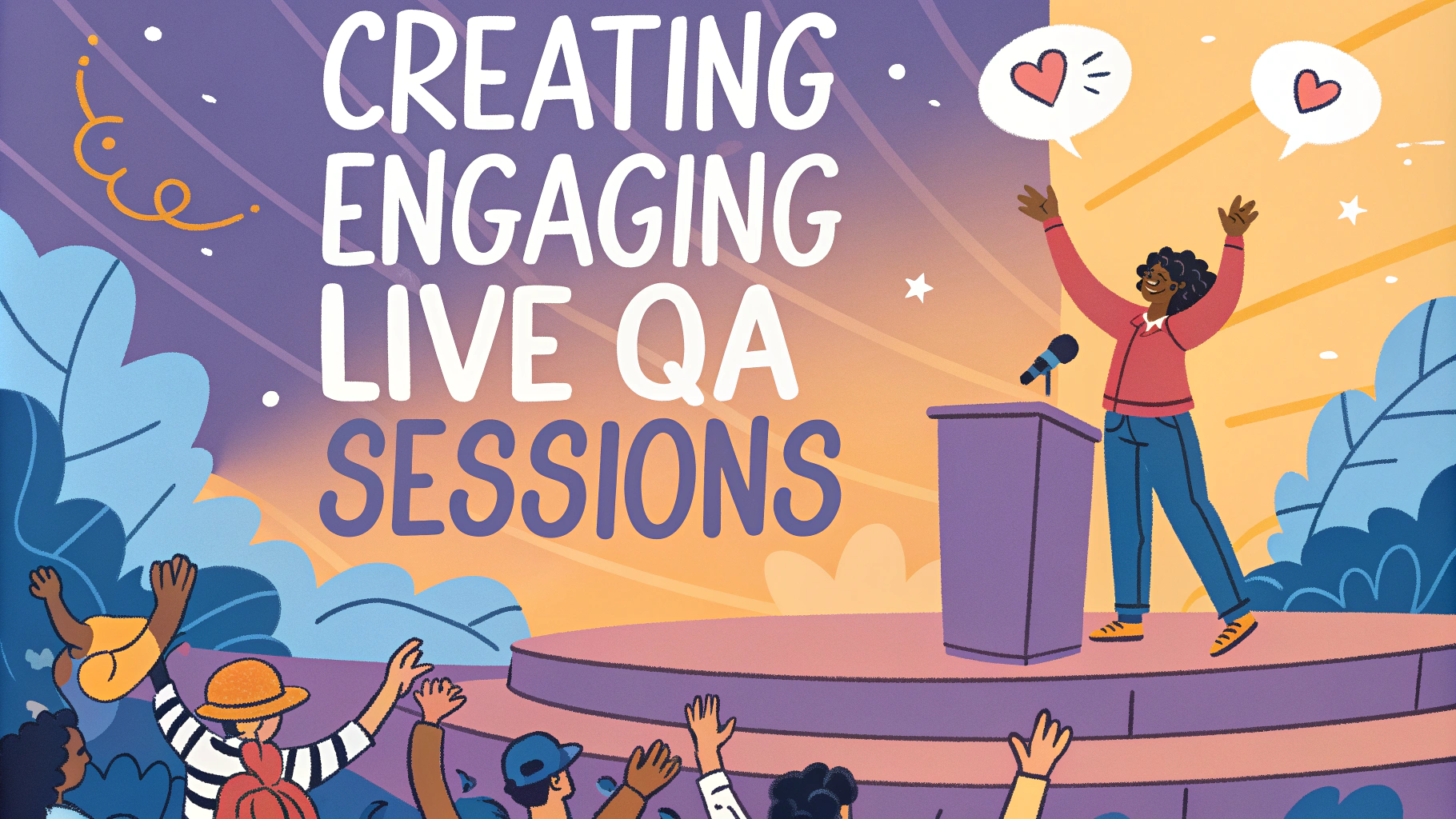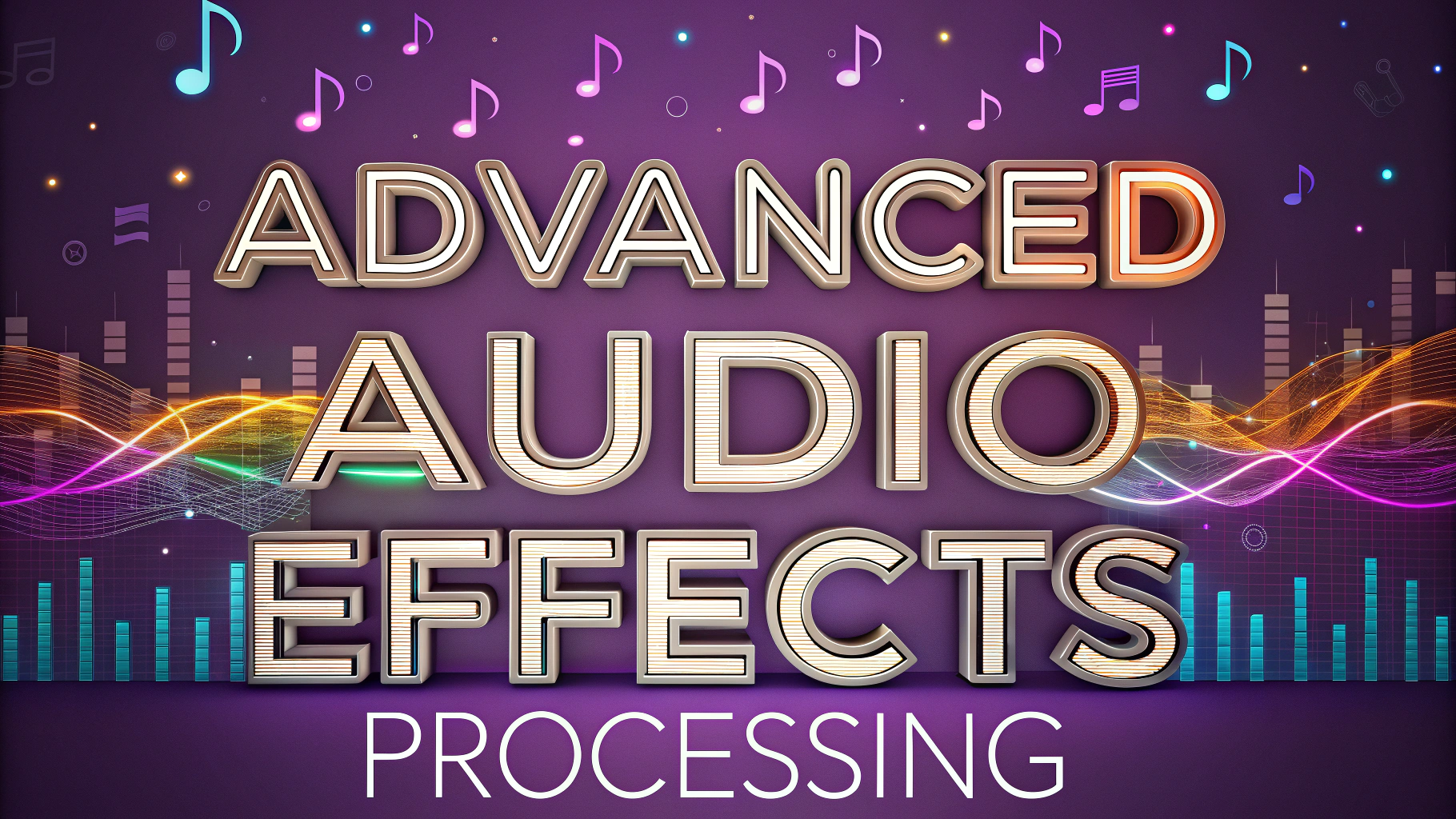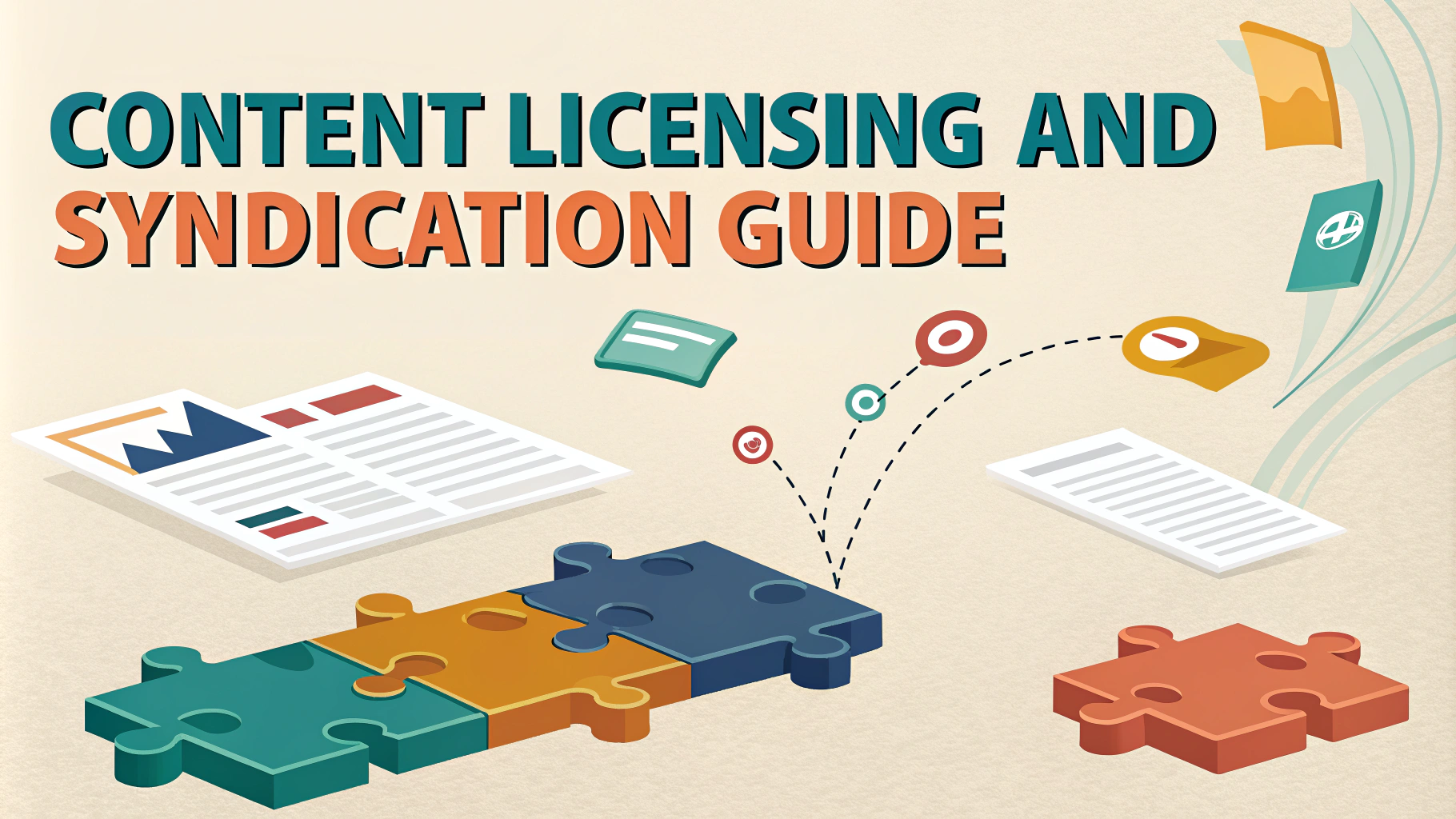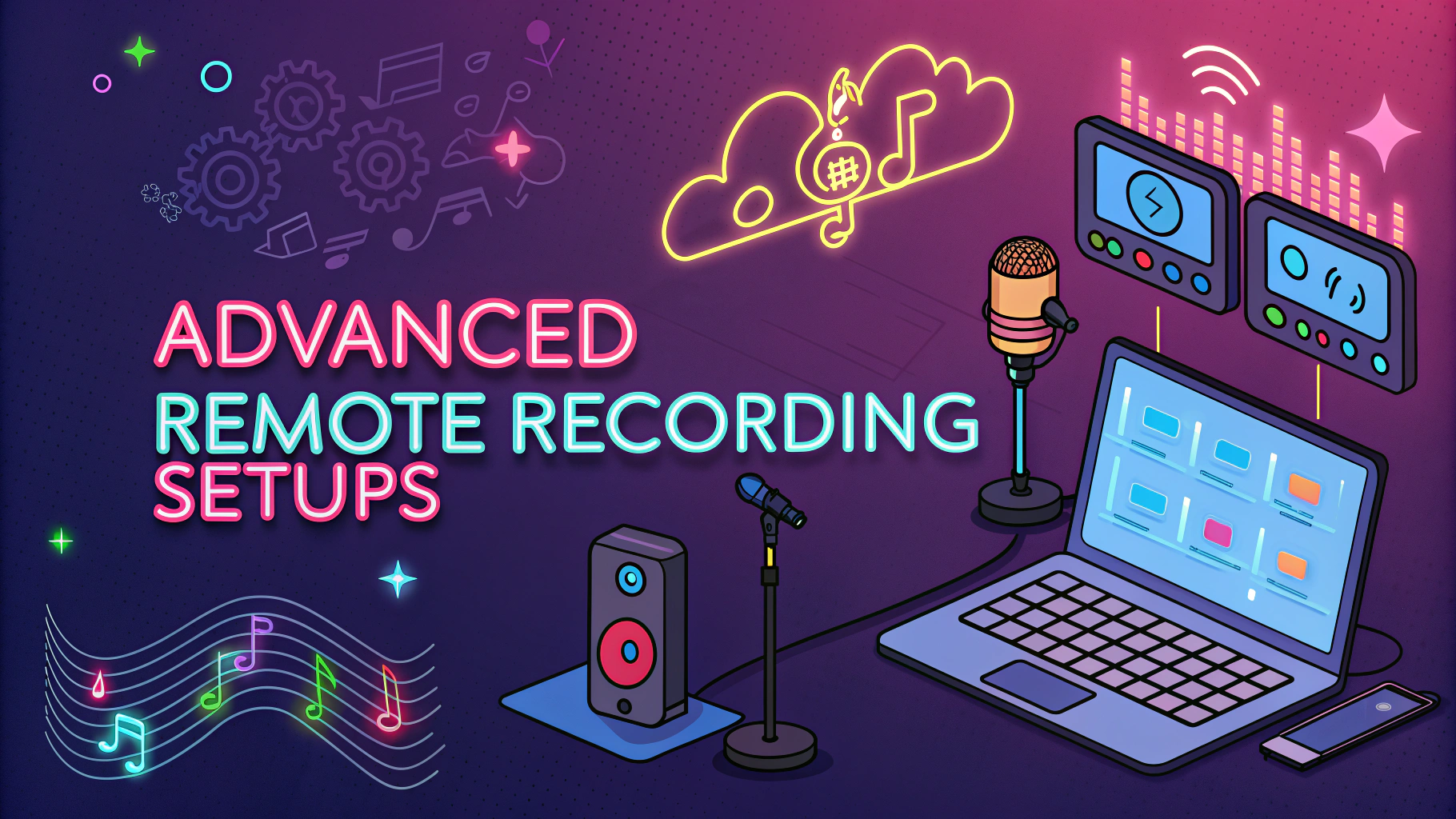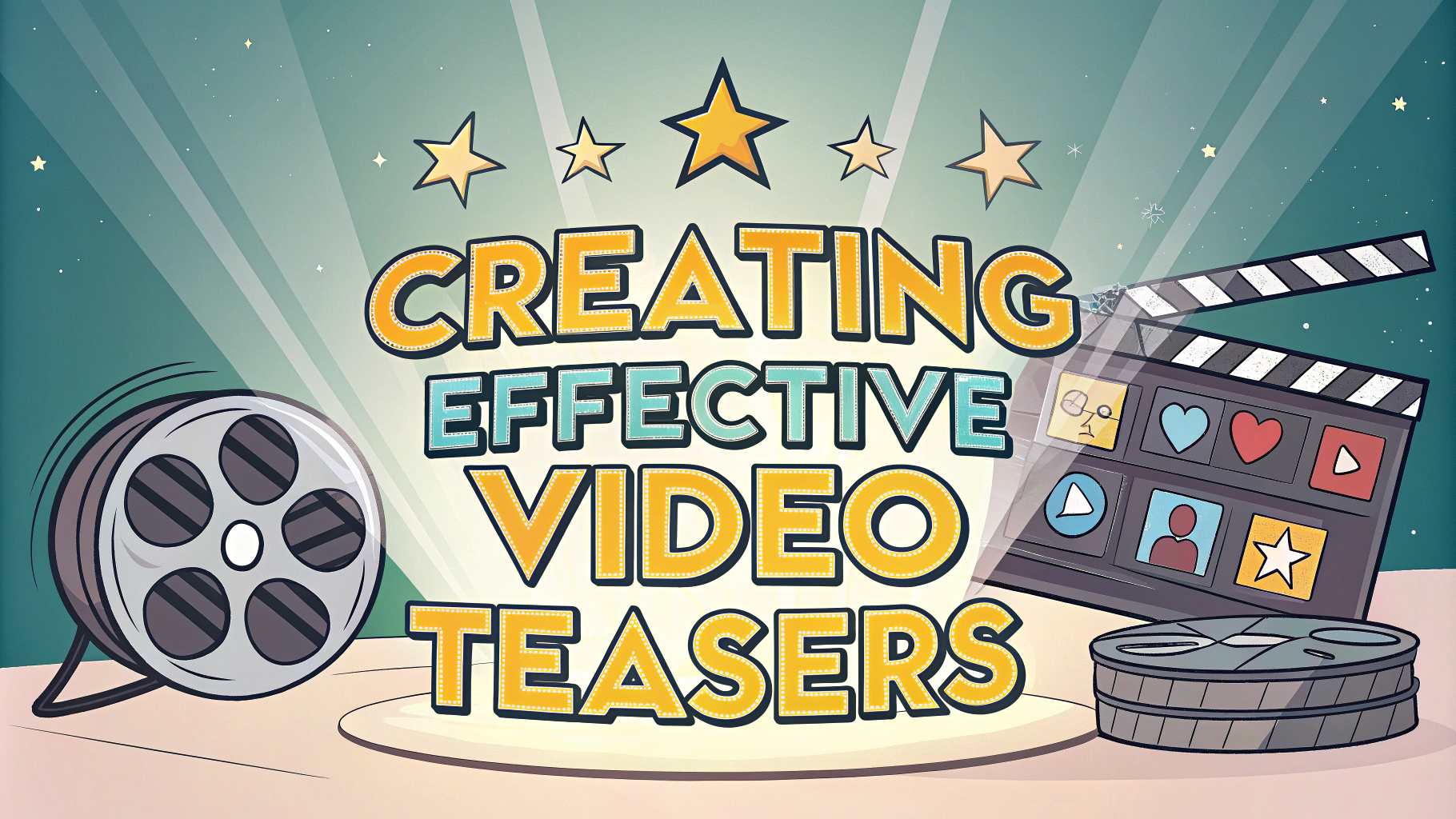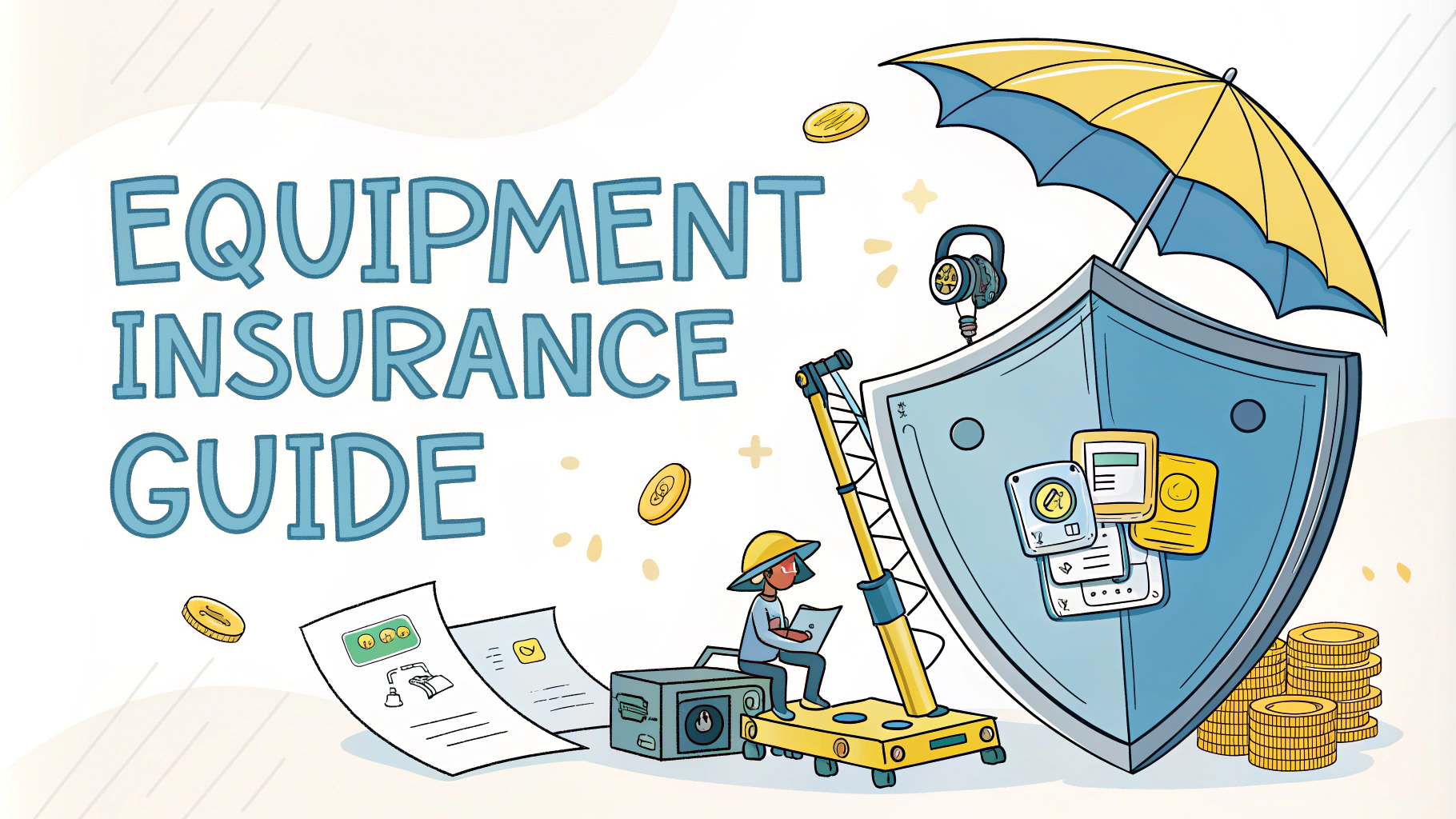Audio quality issues can make or break a podcast, turning away listeners regardless of how good the content might be.
Understanding common audio problems and their solutions helps podcasters maintain professional sound quality that keeps audiences engaged.
This guide walks through the most frequent audio challenges podcasters face and provides practical solutions to fix them.
Background Noise Reduction
Recording in a quiet environment is the first step to eliminating unwanted background noise.
- Use acoustic panels or foam to absorb room reflections
- Record away from windows and air conditioning units
- Consider using a noise gate plugin in your DAW
- Try recording during off-peak hours when external noise is minimal
Fixing Echo and Reverb
Echo occurs when sound bounces off hard surfaces in your recording space.
- Add soft materials like blankets or curtains to walls
- Position yourself away from bare walls
- Use a cardioid microphone pattern to reject room sounds
- Record in smaller spaces with more furniture
Handling Microphone Issues
Proper microphone technique significantly impacts audio quality.
- Maintain 6-8 inches distance from the microphone
- Use a pop filter to reduce plosives
- Check XLR cables for loose connections
- Set appropriate gain levels before recording
Eliminating Audio Clipping
Audio clipping creates distortion when the signal exceeds maximum levels.
- Record at -12dB to -6dB peak levels
- Use a limiter during recording
- Monitor input levels consistently
- Test levels before each recording session
Fixing Audio Dropouts
Audio dropouts can occur due to technical issues during recording or processing.
- Use high-quality USB or XLR cables
- Close unnecessary computer applications
- Increase audio buffer size in your recording software
- Update audio interface drivers regularly
Recommended Tools for Better Audio
These tools can help maintain consistent audio quality:
- Noise Reduction Software: iZotope RX, Waves NS1, Adobe Audition
- Audio Interfaces: Focusrite Scarlett, Universal Audio Apollo
- DAW Software: Adobe Audition, Hindenburg, Reaper
- Monitoring: Audio-Technica ATH-M50x, Sony MDR-7506 headphones
Next Steps for Better Audio
Regular equipment maintenance and consistent monitoring of recording levels will prevent most common audio issues.
Consider joining online podcasting communities like r/podcasting for additional support and advice.
Contact a local audio engineer or recording studio for professional assistance with persistent audio problems.
Advanced Processing Techniques
Post-production processing can enhance your podcast audio when used appropriately.
- Apply EQ to enhance voice clarity and warmth
- Use compression to maintain consistent volume levels
- Remove unwanted segments with precision editing
- Add subtle audio restoration when needed
Remote Recording Solutions
Remote podcast recordings present unique audio challenges that require specific solutions.
- Use dedicated recording platforms like Squadcast or Zencastr
- Request guests use wired internet connections
- Record separate audio tracks for each participant
- Have backup recording methods ready
Maintaining Audio Consistency
Consistent audio quality across episodes helps build professional credibility.
- Create and follow a pre-recording checklist
- Document successful recording settings
- Standardize post-processing workflows
- Regularly calibrate monitoring equipment
Elevating Your Podcast Sound
Implementing these audio solutions will significantly improve your podcast’s production value and listener experience.
- Schedule regular equipment maintenance checks
- Stay updated with audio production techniques
- Build a network of technical support resources
- Invest in gradual equipment upgrades as needed
Remember that great audio quality is an ongoing journey that requires continuous learning and adjustment. Focus on addressing one issue at a time, and your podcast’s sound quality will steadily improve.
FAQs
- Why is there background noise in my podcast recordings?
Background noise typically comes from air conditioning, computer fans, fluorescent lights, or outside sounds. Using acoustic treatment, recording in a quiet space, and maintaining distance from noise sources can minimize this issue. - How do I fix audio clipping in my recordings?
Audio clipping occurs when the input signal is too strong. Set your recording levels to peak between -12dB and -6dB, and use a limiter during recording. For already clipped audio, you can use declipping software or plugins. - What causes echo in my podcast audio?
Echo is usually caused by sound reflecting off hard surfaces or recording in large, empty rooms. Use acoustic panels, record in smaller spaces, or add soft furnishings to absorb reflections. - How can I improve my microphone’s audio quality?
Use a pop filter to prevent plosives, maintain proper mic distance (4-6 inches), speak directly into the microphone, and use appropriate gain staging. Also ensure you’re using the right polar pattern for your recording situation. - Why does my audio sound muffled?
Muffled audio can result from incorrect microphone placement, speaking off-axis, using low-quality equipment, or incorrect EQ settings. Check your mic position and try adding a slight boost around 2-4kHz for clarity. - How do I remove mouth clicks and breath sounds?
Use a combination of proper hydration, microphone technique, and audio processing. Tools like iZotope RX or Waves DeBreath can help remove these sounds in post-production. - What’s causing inconsistent audio levels between speakers?
Different speaking volumes, varying mic distances, or inconsistent gain staging can cause level variations. Use compression, normalization, and careful gain staging to maintain consistent levels. - How do I fix audio phase issues in my recordings?
Phase issues occur when using multiple microphones or during stereo recordings. Check mic placement, use phase alignment tools, or collapse stereo tracks to mono when necessary. - Why is there digital distortion in my podcast?
Digital distortion can occur due to incorrect sample rates, buffer sizes, or CPU overload. Ensure your recording settings match your project settings and your computer can handle the processing load. - How can I reduce room reverb in my recordings?
Use acoustic treatment, record in smaller spaces, place acoustic panels at reflection points, and use directional microphones. In post-production, de-reverb plugins can help reduce existing reverb.
